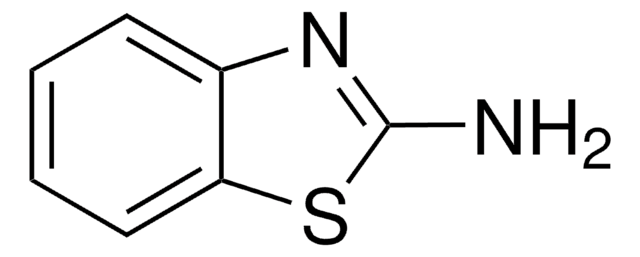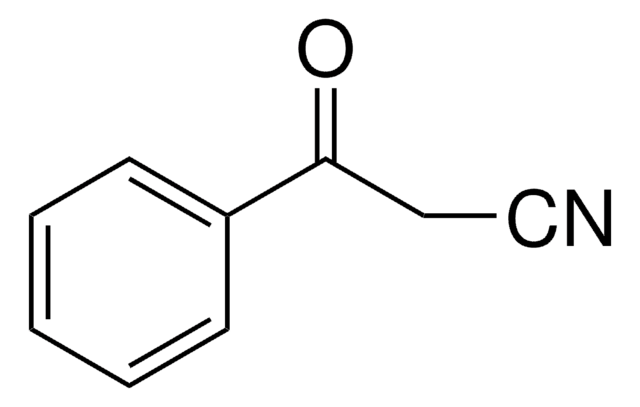Kluczowe dokumenty
171573
3-Phenylpropionitrile
99%
Synonim(y):
Hydrocinnamonitrile
About This Item
Polecane produkty
Poziom jakości
Próba
99%
Formularz
liquid
współczynnik refrakcji
n20/D 1.521 (lit.)
bp
113 °C/9 mmHg (lit.)
mp
−2-−1 °C (lit.)
gęstość
1.001 g/mL at 25 °C (lit.)
grupa funkcyjna
nitrile
phenyl
ciąg SMILES
N#CCCc1ccccc1
InChI
1S/C9H9N/c10-8-4-7-9-5-2-1-3-6-9/h1-3,5-6H,4,7H2
Klucz InChI
ACRWYXSKEHUQDB-UHFFFAOYSA-N
Szukasz podobnych produktów? Odwiedź Przewodnik dotyczący porównywania produktów
Opis ogólny
Zastosowanie
Hasło ostrzegawcze
Danger
Zwroty wskazujące rodzaj zagrożenia
Zwroty wskazujące środki ostrożności
Klasyfikacja zagrożeń
Acute Tox. 3 Oral
Kod klasy składowania
6.1C - Combustible acute toxic Cat.3 / toxic compounds or compounds which causing chronic effects
Klasa zagrożenia wodnego (WGK)
WGK 3
Temperatura zapłonu (°F)
230.0 °F - closed cup
Temperatura zapłonu (°C)
110 °C - closed cup
Środki ochrony indywidualnej
Eyeshields, Faceshields, Gloves, type ABEK (EN14387) respirator filter
Wybierz jedną z najnowszych wersji:
Masz już ten produkt?
Dokumenty związane z niedawno zakupionymi produktami zostały zamieszczone w Bibliotece dokumentów.
Klienci oglądali również te produkty
Nasz zespół naukowców ma doświadczenie we wszystkich obszarach badań, w tym w naukach przyrodniczych, materiałoznawstwie, syntezie chemicznej, chromatografii, analityce i wielu innych dziedzinach.
Skontaktuj się z zespołem ds. pomocy technicznej












